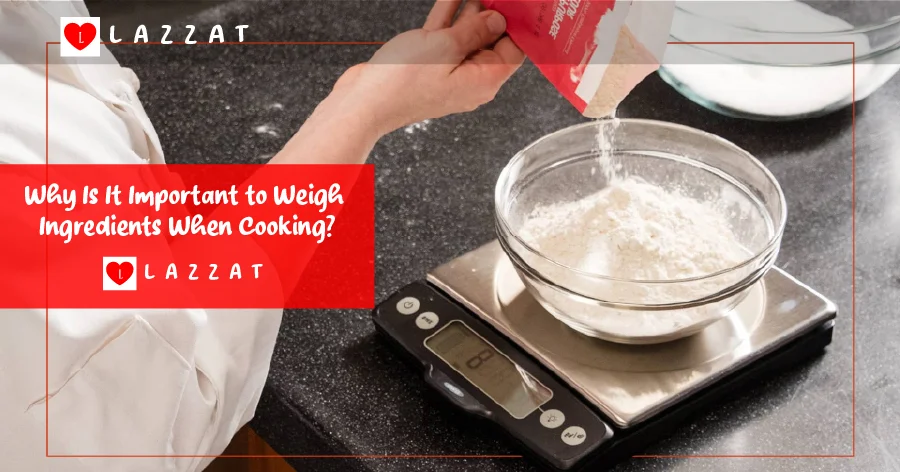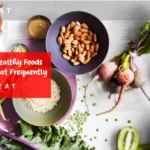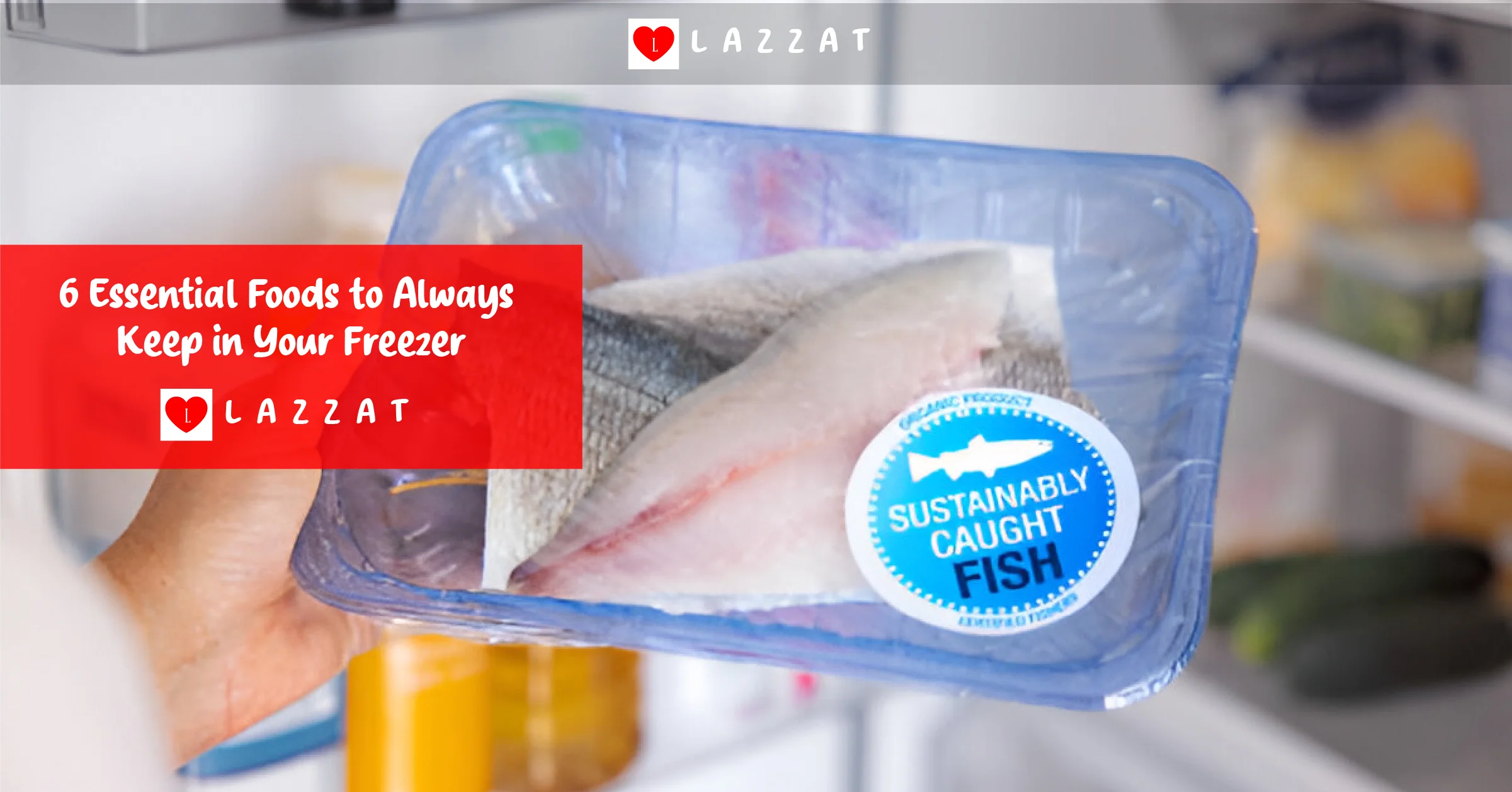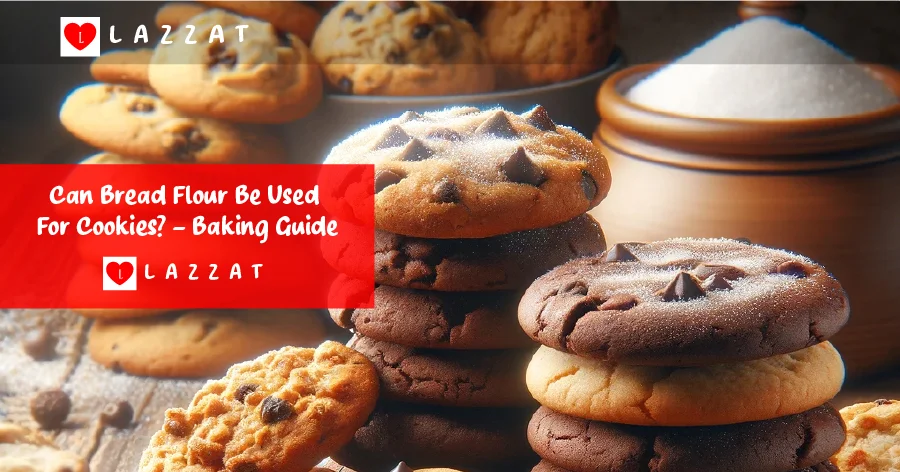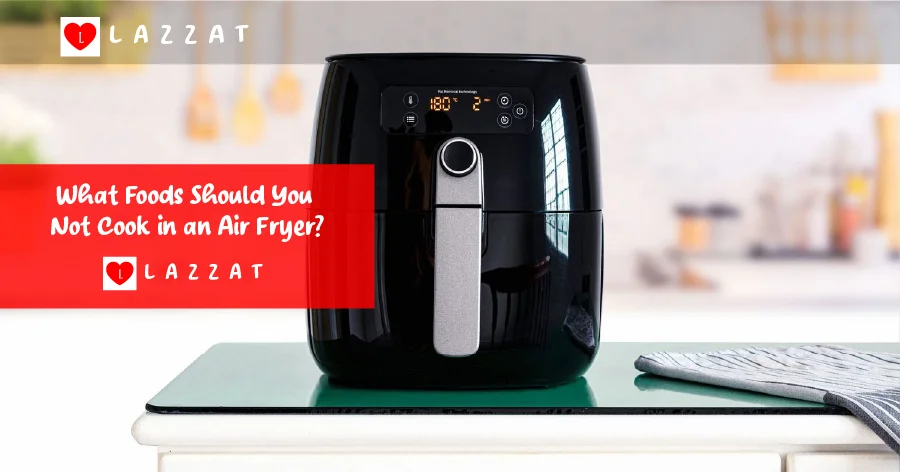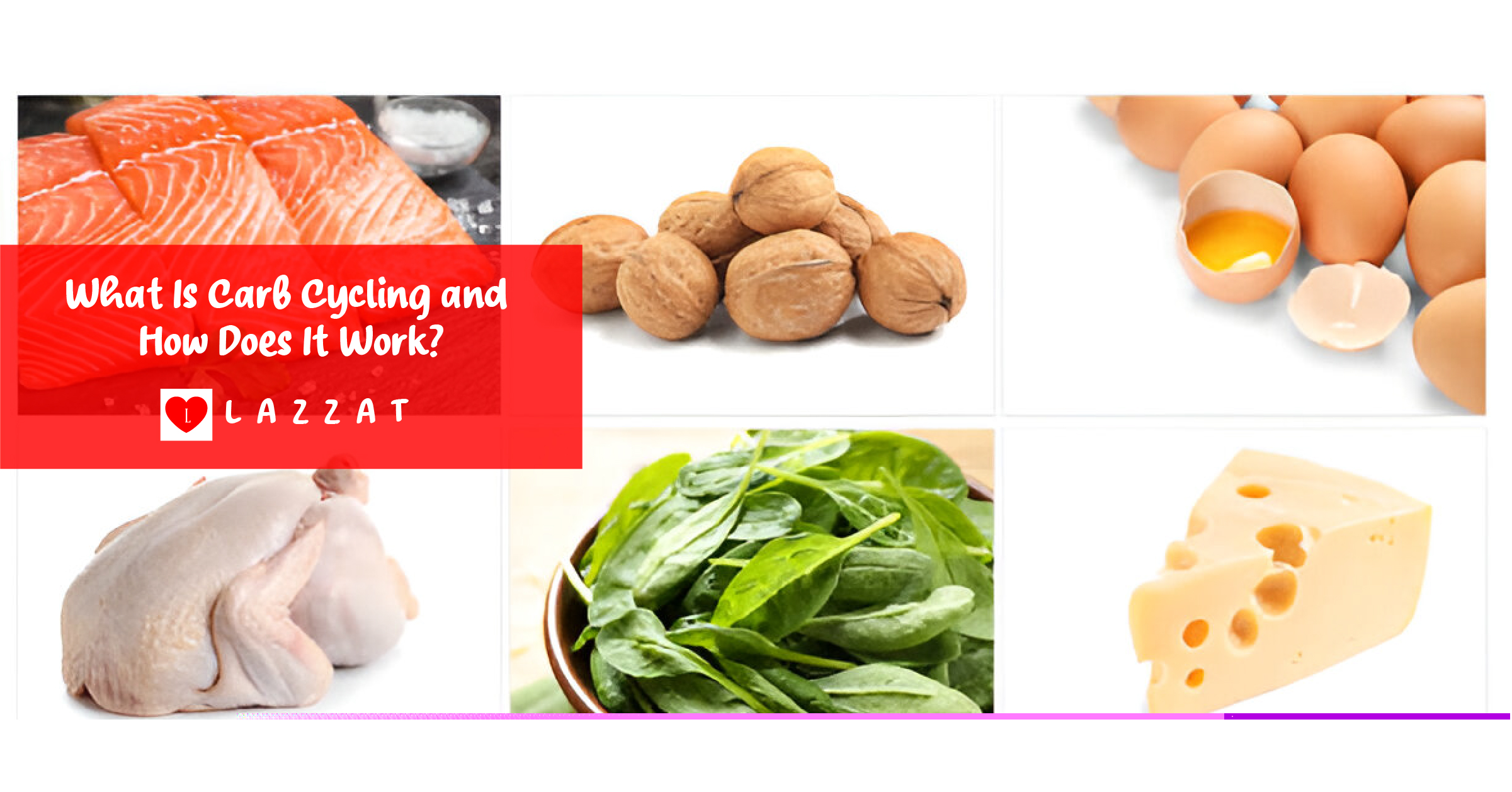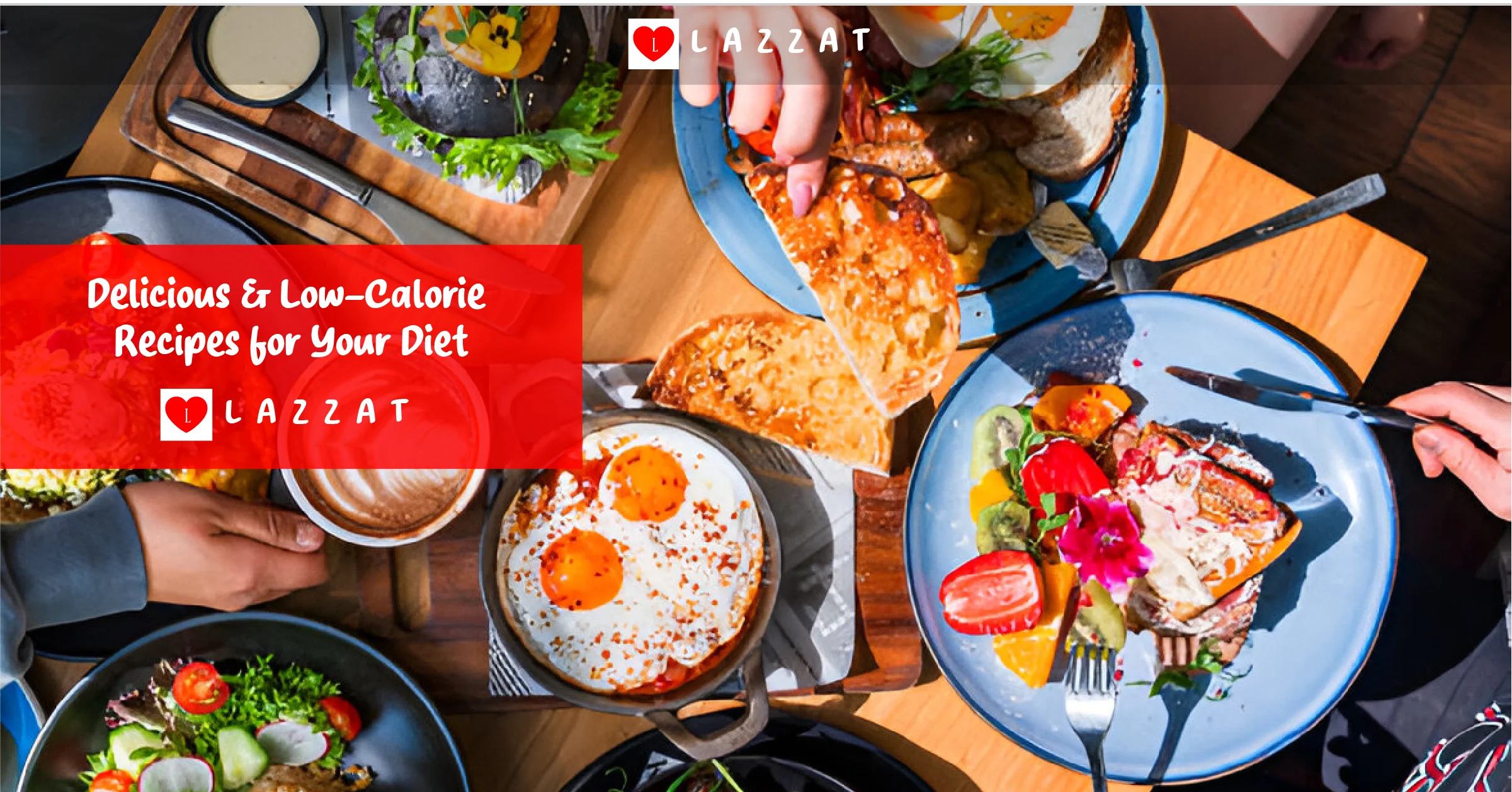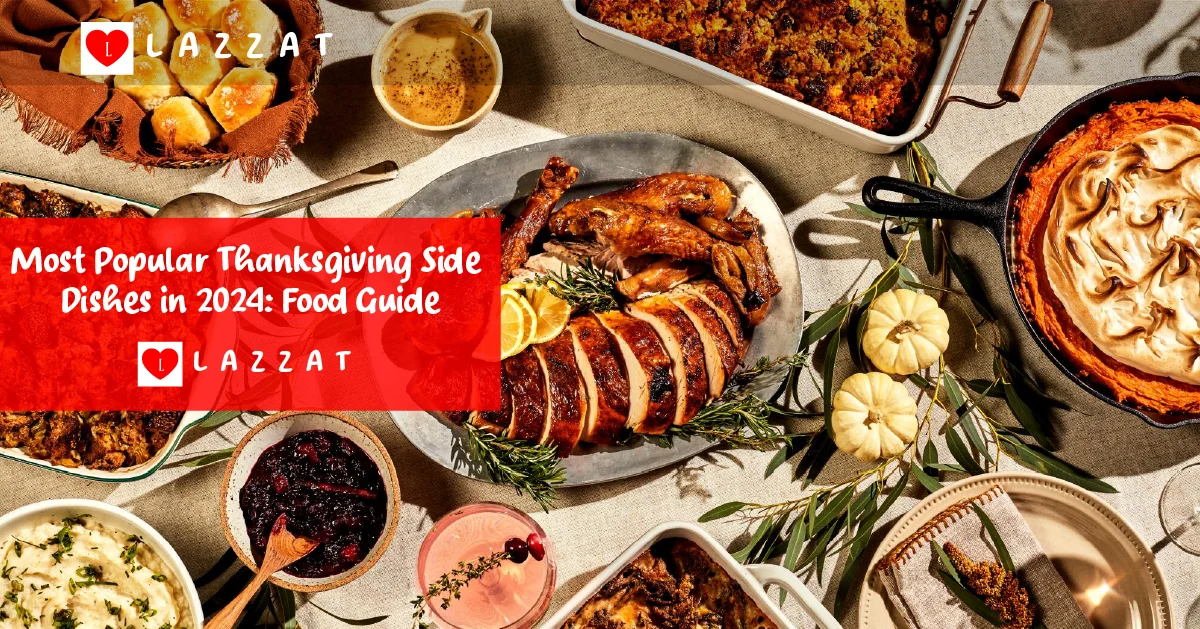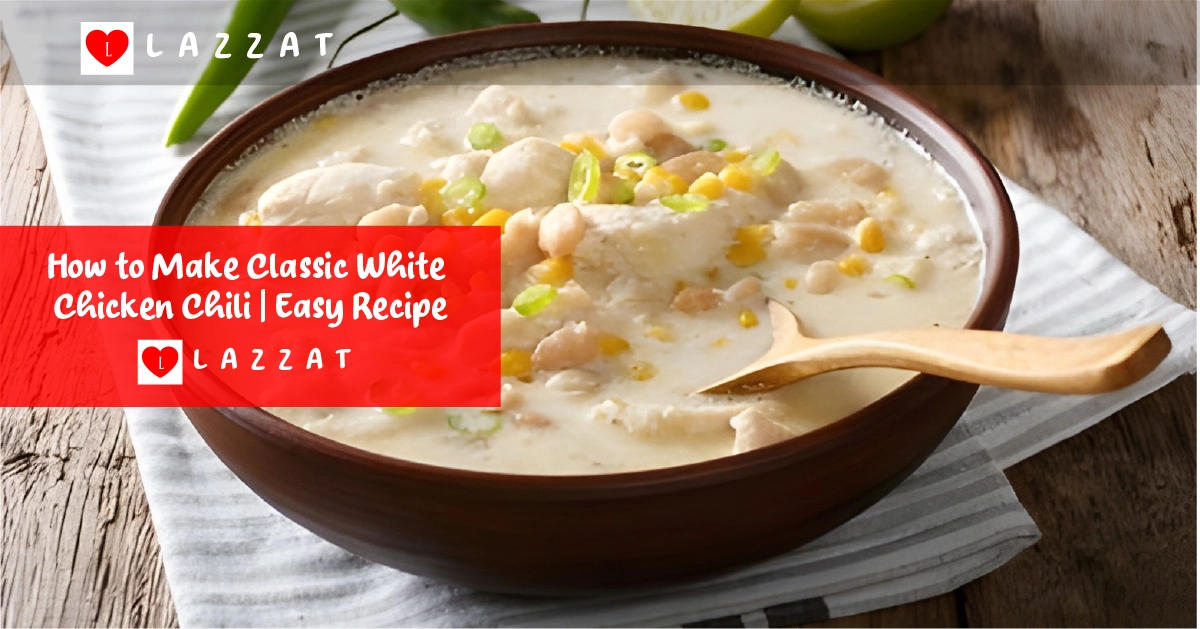As a home cook or professional chef, getting your ingredient measurements right is key. It’s all about achieving the perfect texture, flavor, and consistency in your dishes. Whether it’s a simple meal or a fancy gourmet dish, the cooking accuracy and recipe precision from proper ingredient proportions is vital.
In professional cooking, measuring each ingredient carefully is a must. But many home cooks might use cups and spoons instead. This can lead to unpredictable results. Learning to weigh your ingredients can take your cooking to the next level, making sure your dishes are just as you imagined.
Table of Contents
Understanding the Science Behind Precise Measurements
Cooking and baking are more than just following recipes. They require a deep understanding of baking science and culinary techniques. These techniques explain how ingredients react and change during cooking. The key to this is precise measurements.
Chemical Reactions in Cooking and Baking
In the kitchen, getting the ingredient proportions right is crucial. It affects the chemical reactions that happen during cooking and baking. For example, the right amount of ingredients ensures a cake rises perfectly or a sauce has the right texture.
How Measurements Affect Texture and Structure
The right mix of ingredient proportions is also key for the final texture and structure of a dish. Too much flour can make a cake dense, while too little can make it crumbly. Getting the measurements right helps achieve the perfect texture and consistency.
Temperature and Weight Relationships
The connection between temperature and weight in cooking is also important. Measuring ingredients by weight ensures consistent results. Volume measurements can vary due to factors like how tightly ingredients are packed. Understanding these culinary techniques helps make sure your dishes are perfect every time.
The Difference Between Volume and Weight Measurements
In baking measurements and cooking accuracy, knowing the difference between volume and weight is key. Many home cooks use cups and tablespoons, but weight measurements offer a better way. They can change how you cook.
Volume measurements can be tricky. The same cup of an ingredient can weigh differently, depending on how it’s packed. This can mess up your recipes, especially in baking where exact amounts matter a lot.
Weight measurements, like grams and ounces, are more reliable. They give the same results every time, no matter the ingredient’s shape or how it’s handled. This is very important in baking, where small changes can make a big difference in how a dish turns out.
| Measurement Type | Advantages | Disadvantages |
|---|---|---|
| Volume (cups, tablespoons) | Familiar to most home cooks Convenient for quick measurements | Inconsistent results due to ingredient packing Less precise, especially in baking |
| Weight (grams, ounces) | Highly consistent and accurate Crucial for precise baking | Requires additional tools (scales) May be less familiar to some home cooks |
While volume measurements work for casual cooking, weight measurements are better for baking. Using weight measurements can make your baking better. It can make your dishes more delicious and reliable every time.
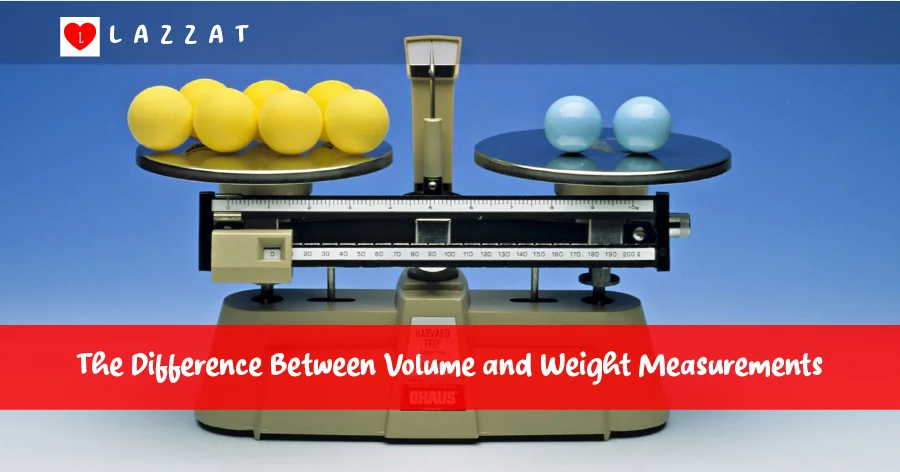
Essential Kitchen Tools for Accurate Ingredient Weighing
Getting precise in the kitchen is key, especially when measuring ingredients. Using kitchen scales for weighing is the best way to succeed. Let’s look at the must-have tools that will boost your cooking accuracy and improve your culinary techniques.
Digital vs. Analog Kitchen Scales
In today’s kitchens, you can choose between digital and analog kitchen scales. Digital scales show measurements clearly and often have extra features like tare functions. Analog scales have a timeless look and don’t need batteries. Your choice depends on what you prefer and your cooking needs.
Calibration and Maintenance Tips
It doesn’t matter if you have a digital or analog kitchen scale. Keeping it calibrated and maintained is crucial for accurate measurements. Always follow the maker’s guide for calibration. Clean and store it right to keep it precise. Check its accuracy with known weights to spot any issues.
Additional Measuring Tools You Need
- Measuring cups and spoons: For volume-based measurements of dry and liquid ingredients.
- Portion scoops: Useful for portioning out consistent amounts of ingredients like flour, sugar, or ice cream.
- Thermometers: Essential for monitoring the temperature of your cooking and baking, ensuring perfect results every time.
- Measuring jugs: Indispensable for accurately measuring liquid ingredients like oils, syrups, and milk.
With the right tools and care, your kitchen will be ready for precise cooking accuracy. This will enhance your culinary techniques and make your dishes more enjoyable.
Why Is It Important to Weigh Ingredients When Cooking?
Getting the right amount of ingredients is key in cooking and baking. Weighing them ensures your dishes turn out as they should. This way, you get the perfect mix of flavors and textures.
Using a scale instead of cups or spoons has many advantages:
- Improved recipe consistency and reliability
- Enhanced flavor profile and texture
- Reduced food waste and cost savings
- Easier recipe scaling and adjustments
Renowned chef Julia Child once said, “The secret of good cooking is, first, having a love of it.” By weighing ingredients, you can improve your cooking and grow your love for it.
| Benefit | Explanation |
|---|---|
| Consistent Results | Weighing ingredients ensures you follow the recipe precisely, leading to predictable and reliable outcomes every time. |
| Texture and Structure Control | Precise measurements allow you to better manage the chemical reactions and physical properties of ingredients, resulting in the desired texture and structure. |
| Reduced Food Waste | Accurately measuring ingredients helps you avoid over-portioning, minimizing waste and saving money. |
Embracing the practice of weighing ingredients when cooking is a surefire way to elevate your culinary skills and achieve consistently exceptional results.
Common Pitfalls of Eyeballing Ingredients
When it comes to cooking accuracy, measuring ingredients precisely is crucial. Many home cooks fall into the trap of “eyeballing” measurements. This can have significant consequences on the final dish. Let’s explore the common pitfalls of this approach and why ingredient proportions matter more than you might think.
Impact on Recipe Outcome
Imprecise measurements can dramatically alter the chemical reactions and physical properties of a dish. For example, adding too much baking soda can make baked goods taste metallic. On the other hand, too little can result in a dense, flat texture. These culinary techniques require a delicate balance that eyeballing simply cannot achieve.
Cost Implications of Inaccurate Measurements
Estimating ingredient amounts often leads to waste. You may end up using more than necessary or discarding unused portions. This can significantly impact your grocery budget and contribute to food waste, a growing environmental concern. Accurate measuring helps you maximize the use of each ingredient, ensuring you get the most value from your culinary investments.
Professional vs. Amateur Cooking Approaches
- Professional chefs rely on precise measurements to ensure consistent, high-quality results across multiple batches of a dish.
- Home cooks may be more inclined to estimate quantities, which can result in variable outcomes and frustration when trying to replicate a successful recipe.
By embracing a more disciplined approach to measuring, you can elevate your home cooking to a professional level. Achieving the perfect balance of cooking accuracy, ingredient proportions, and culinary techniques is possible.

Converting Volume-Based Recipes to Weight Measurements
In cooking and baking, precision is key. Many recipes use cups and tablespoons, but weight measurements are more reliable. Learning to convert these recipes can make your baking better and more consistent.
Understanding the difference between volume and weight is crucial. Ingredients of the same volume can have different weights. For example, a cup of flour can weigh between 120 to 150 grams. Using a kitchen scale ensures your baking measurements are precise, leading to better recipe precision.
To convert a recipe, follow these steps:
- Find the ingredients measured by volume, like flour, sugar, or liquids.
- Use a conversion chart to find the weight for each volume measurement.
- Change the recipe to use weight measurements instead of volume.
- Try different amounts to find the best flavor and texture.
Switching to weight measurements makes your dishes more consistent. It also helps you understand ingredient ratios better. This is especially useful when scaling recipes or substituting ingredients. With kitchen scales and weight measurements, your cooking will improve, and you’ll get amazing results every time.
Professional Culinary Standards and Weight Measurements
In the world of professional cooking, weighing ingredients is key. Chefs and bakers use precise measurements to make sure their dishes are top-notch. This focus on accuracy is vital for success in the kitchen.
Industry Best Practices
Top chefs and bakers stick to strict rules for weighing ingredients. Some of the best practices include:
- Using digital scales to measure ingredients by weight, not volume
- Keeping all measuring tools in good shape and calibrated
- Checking the quality of ingredients during cooking and baking
- Teaching kitchen staff how to weigh ingredients correctly
Scaling Recipes Up and Down
Accurate weight measurements help chefs adjust recipes for different sizes. They can change the amount of ingredients without affecting the dish’s taste or texture. This skill is important for serving different numbers of people.
| Ingredient | Original Recipe (Serves 4) | Scaled Up (Serves 8) | Scaled Down (Serves 2) |
|---|---|---|---|
| All-Purpose Flour | 200g | 400g | 100g |
| Granulated Sugar | 100g | 200g | 50g |
| Unsalted Butter | 150g | 300g | 75g |
| Eggs | 2 (100g) | 4 (200g) | 1 (50g) |
Tips for Achieving Consistent Results Through Weighing
Getting consistent results in the kitchen is key, whether you’re a pro chef or a home cook. Accurate ingredient weighing is a top way to do this. It boosts your cooking accuracy and takes your culinary skills to the next level.
Here are some tips to help you get consistent results through weighing:
- Calibrate your kitchen scale regularly: Make sure your scale is giving you the right readings. Follow the manufacturer’s instructions to calibrate it. This keeps your results consistent.
- Use the right measuring tools: Get high-quality kitchen scales and measuring cups or spoons. Don’t guess or eyeball measurements. This can mess up your results.
- Understand weight-to-volume conversions: Learn the common weight-to-volume conversions for ingredients like flour, sugar, and liquids. This lets you easily adjust recipes and keep results consistent.
- Weigh ingredients before and after preparation: Weigh your ingredients before and after chopping, grating, or sifting. This helps you spot and fix any issues that could affect your dish.
- Adjust recipes based on weight measurements: If a recipe uses volume measurements, try converting it to weight measurements. This makes your cooking and baking more precise and consistent.
By following these tips, you’ll get better at achieving amazing results in the kitchen. You’ll show off your cooking accuracy and refined culinary skills.
| Ingredient | Volume-to-Weight Conversion |
|---|---|
| All-Purpose Flour | 1 cup = 120g |
| Granulated Sugar | 1 cup = 200g |
| Brown Sugar | 1 cup = 220g |
| Butter (Unsalted) | 1 cup = 227g |
| Milk | 1 cup = 240ml |

Conclusion
In the world of cooking, weighing ingredients is crucial. This article has shown why accurate measurements matter. We’ve talked about the science behind it, the tools needed, and how to get consistent results.
Whether you’re a pro chef or a home cook, precise measurements make a big difference. They improve the quality, texture, and taste of your food. You’ll get better results every time, saving money and reducing waste too.
Keep in mind the importance of why is it important to weigh ingredients when cooking?, cooking accuracy, and consistent results. By using the right tools and understanding the science, you’ll get better at cooking. Start this journey with excitement, and watch your dishes come to life with perfect flavors and textures.
Also Read:
FAQs
Why is weighing ingredients so important?
Weighing ingredients ensures consistent results, especially in baking. It eliminates the variability of volume measurements, leading to more accurate and reliable outcomes
What are the essential tools for accurate ingredient weighing?
A digital kitchen scale is the most crucial tool. Additionally, you’ll need measuring cups and spoons for volume-based measurements, and thermometers to monitor cooking temperatures.
How can I convert volume-based recipes to weight-based recipes?
Use a reliable conversion chart to determine the weight equivalent of each volume measurement. Adjust the recipe accordingly, ensuring that the proportions remain accurate.
What are the benefits of weighing ingredients for home cooks?
Weighing ingredients improves the consistency of your dishes, reduces food waste, and helps you understand ingredient ratios better. It also allows for easier scaling of recipes and precise adjustments.

